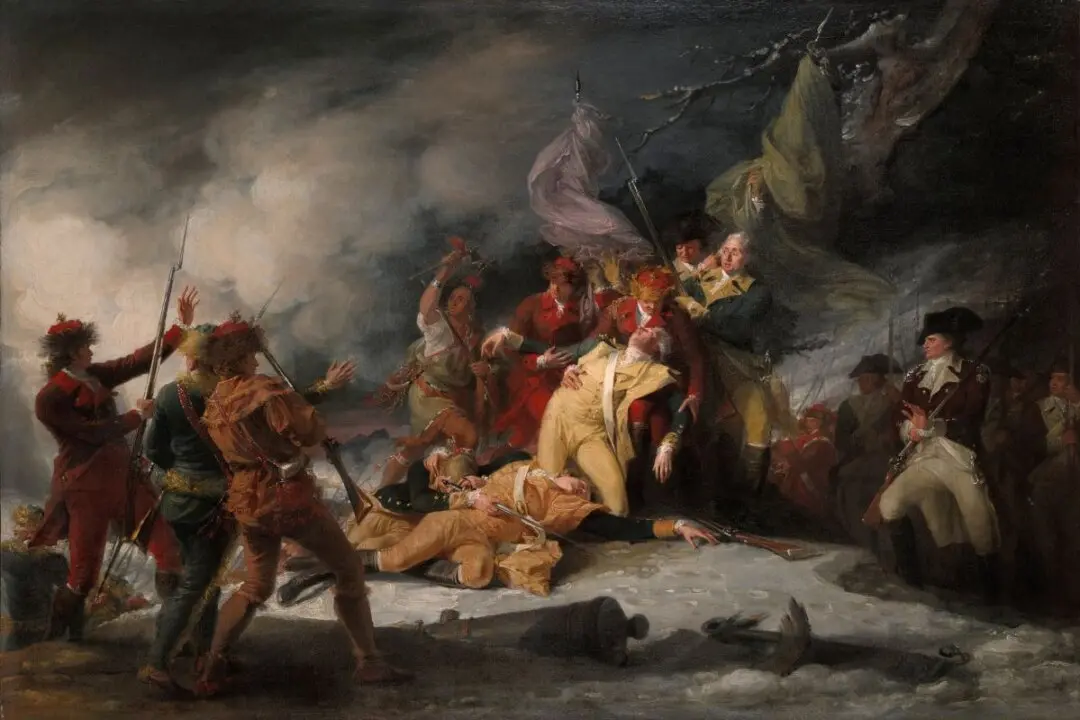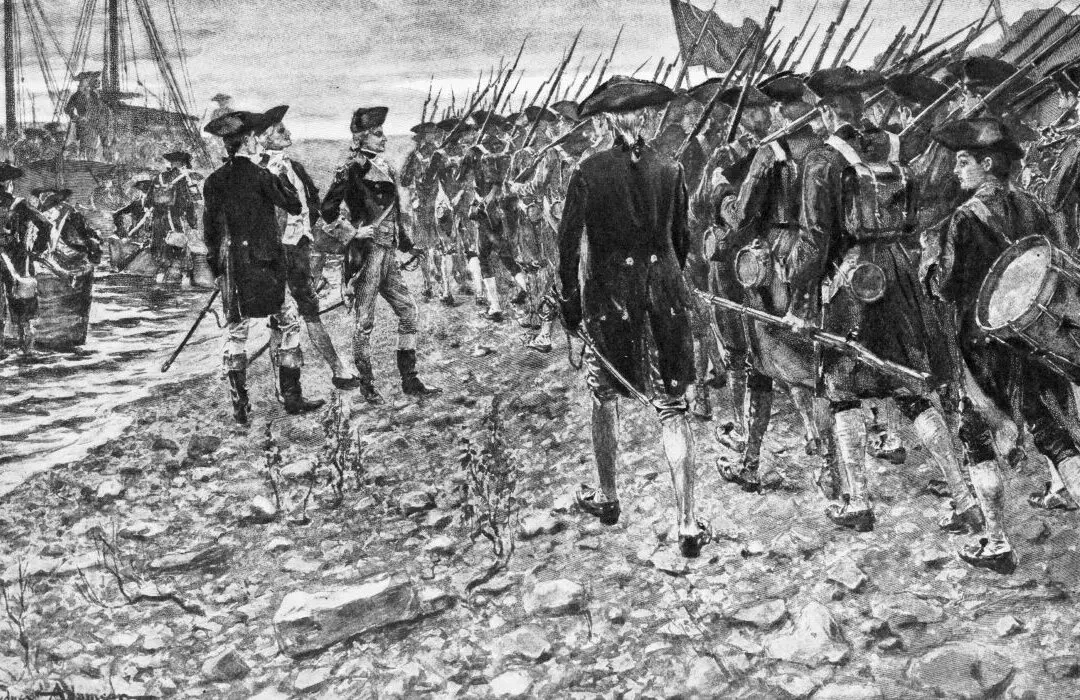In the late afternoon of April 21, 1836, Gen. Sam Houston sat on his stallion Saracen as his Texian Army slowly marched for battle in two parallel lines near Lynch’s Ferry.
Ahead stood a rise covered in tall grass that stretched across the whole field and concealed their approach. Erastus “Deaf” Smith suddenly appeared on their right flank, astride his horse, and yelled, “Vince’s Bridge is down!” All routes of entry or escape from this battlefield were destroyed.





